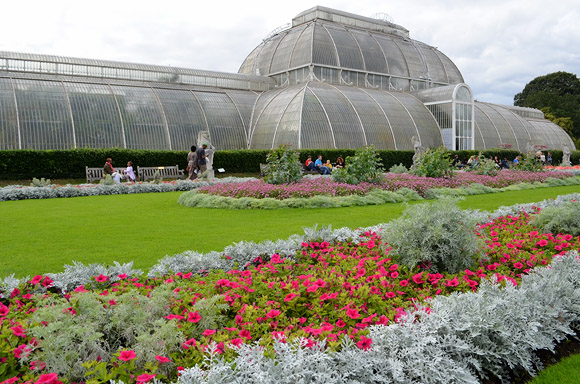There are a number of conservation methods which can take place in the species natural habitat or an artificially created habitat.
Species can be helped off-site (not in their natural habitat) by being cared for in parks, zoos, gardens etc, such as the botanic gardens or safari parks shown
fig1 and
fig2. This sometimes involves removing a number of organisms from the wild where they are in a vulnerable position. Once removed they can then be cared for and hopefully reproduce in a safe environment. The species numbers can be built up in an artificial habitat where there are no dangers and there will be a higher survival rate of offspring. This can be more beneficial than other conservation methods as it can mean a more rapid increase in numbers due to the increased human care. Once numbers have built up in captivity many organisations then try and reintroduce organisms back into the wild in safe areas. The captive populations act as a supply. However this method of conservation can be controversial due to the fact that it removes organisms from their natural habitat and due to the increased human contact which many people disapprove of. It is also controversial as it often involves new laboratory methods, such as gene banking (storing the genetic information) of plants which is then sometimes modified to produce a more robust plant, and sperm banks with animals to try and increase diversity. This all leads to much debate about the method.¹
On-site conservation is the other method of conservation. This is more commonly favoured in today’s society as it involves less intervention and impact directly to the species. This can involve a number of methods. It can involve the habitat directly being protected or improved and allowed to naturally recover, which in turn would hopefully lead to an increase in the species numbers. National parks² are a good example of this, fig3. Patrol groups can also help with some of these situations as they prevent any unwanted human interference, eg poachers. Breeding programs and species numbers can also be monitored on site as well however³. This has the added advantage that it means organisms do not require reintroduction to the environment however it is often slightly slower than captive programs as there is a lower survival rate in the wild due to the reduced human intervention.






